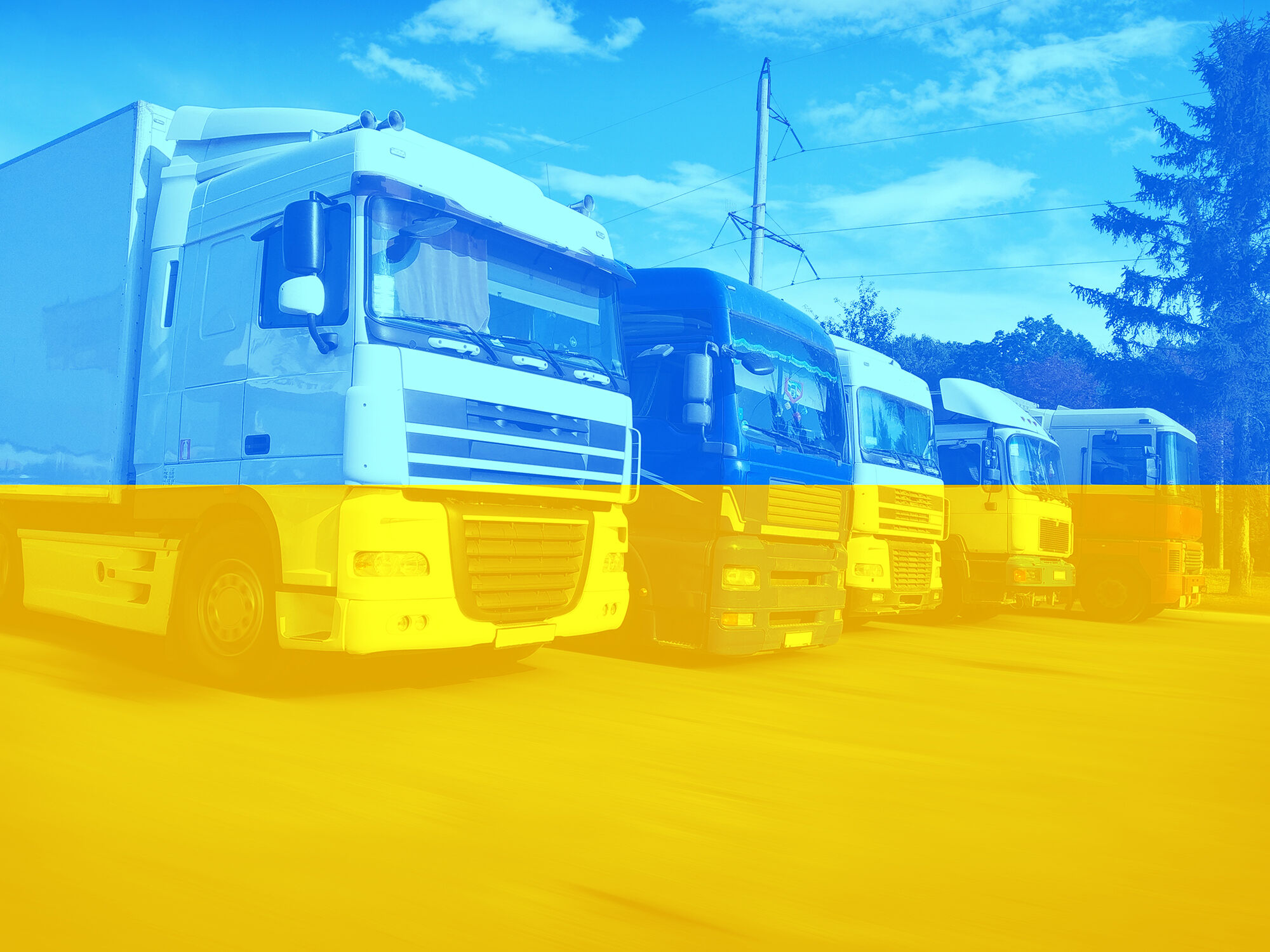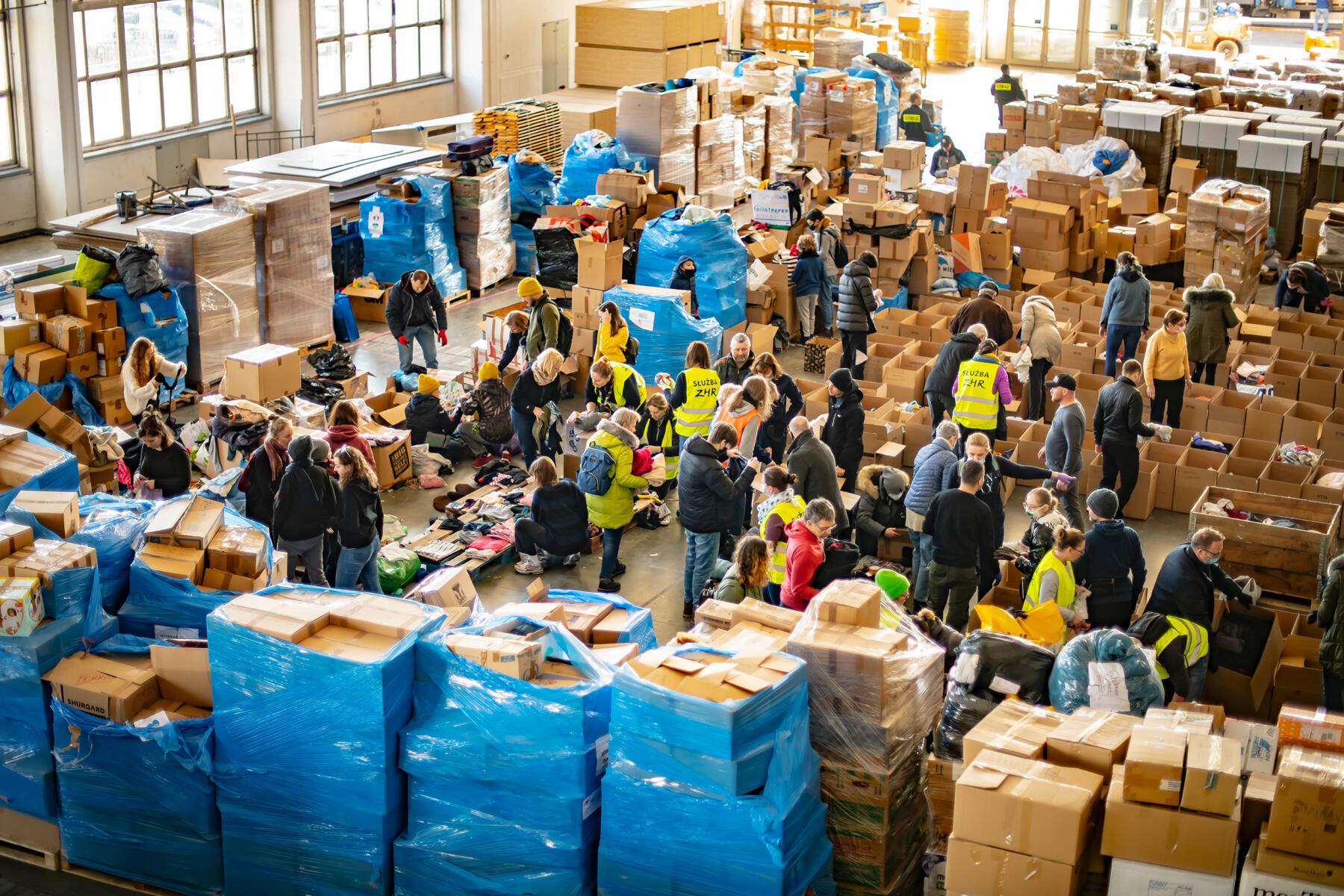
New rules for importing humanitarian aid to Ukraine will be in effect from April 1
Starting from April 1 this year, the process of importing humanitarian aid into Ukraine will undergo significant changes to improve the efficiency, transparency and promptness of delivering the necessary goods and services to those in need. The Ukrainian government is introducing an innovation - the Automated Humanitarian Aid Registration System, which will become mandatory for all organizations and individual benefactors wishing to provide assistance to the country in time of war.
The Ministry of Social Policy of Ukraine has emphasized that until April 1, there will be a transitional period during which recipients of humanitarian aid, including foundations, NGOs and other institutions, will be able to choose between paper and digital methods of delivering and accounting for aid. This will ensure a smooth transition to a fully digital system, minimizing any inconvenience for those involved.
According to Deputy Minister of Social Policy Nazar Tanasyshyn, the process of importing humanitarian aid through the automated system will continue on the same basis as during the pilot testing that lasted from December 1, 2023. This initiative aims to simplify and make more transparent the process of providing humanitarian aid to Ukraine, ensuring efficient allocation of resources and responsible use of the provided benefit.
The system was developed with the help of international experts in logistics and information technology and is designed to create a single database of all humanitarian aid coming to Ukraine. This approach will not only automate the process of registration and customs clearance of goods, but also ensure efficient allocation of resources based on current needs.

Prerequisites for launching the project
The introduction of a digital system for registering and accounting for humanitarian aid was a response to the urgent need to improve control over the distribution of humanitarian goods in response to numerous cases of abuse. Over the past year, 208 criminal proceedings were registered in Ukraine related to the illegal use of humanitarian aid for profit. In addition, 50 people were notified of suspicion of illegal use of humanitarian aid, charitable donations or free aid for personal enrichment, which is a violation of the Criminal Code of Ukraine.
These figures demonstrate the significant challenges in the field of humanitarian aid and the need to improve the mechanisms for its distribution and control. The automated humanitarian aid registration system is seen as an important tool in the fight against corruption and misuse of aid, aimed at ensuring that it reaches those who really need it. It is expected that this system will increase the effectiveness of aid and increase the confidence of international and domestic donors in the processes of its provision in Ukraine.
Benefits of implementing an automated system
Launch of the digital platform https://good.gov.ua/ was a significant boost to the coordination and distribution of humanitarian aid in Ukraine. Since its launch, more than 8,000 organizations have joined the official Register of Humanitarian Aid Recipients. This is a big step forward in ensuring the efficient and transparent distribution of necessary resources to those in need in the country.
An important advantage of this initiative is that registered organizations have been able to legally import humanitarian goods, which has significantly accelerated and simplified the entire process. During the test operation of the digital mechanism, the system generated more than 18 thousand records of cargo and 12.5 thousand declarations, which indicates high activity and interest in using digital technologies to support humanitarian initiatives.
The main advantages of the system include:
- Speeding up the customs clearance process. Thanks to digital registration, the time for customs clearance of humanitarian cargo will be reduced, which will help to deliver aid to its destinations faster.
- Transparency and accountability. The system will provide a high level of transparency on the volume, types and destinations of humanitarian aid, allowing donors to track the status of their contributions.
- Optimization of resource allocation. Integration with the national needs monitoring system will allow for more precise targeting of assistance to those who need it most, reducing the risk of excess resources accumulating in certain regions.
Organizations involved in the systematic importation of humanitarian aid are gradually gaining experience and statistics that allow them to predict the volume of future cargo with some accuracy. The use of electronic declarations for accounting for imported aid greatly contributes to the transparency and efficiency of this process.

According to the analysis of these declarations, the structure of humanitarian aid imported to Ukraine was distributed as follows: food constitutes 19% of all aid, sanitary and hygienic products and medicines 11% each, technical means 10%, clothing and footwear 9%, vehicles 9%, and 23% are other categories, which may include various goods and equipment necessary to meet the specific needs of the population.
In the context of managing humanitarian aid in Ukraine, the Ministry of Social Policy draws attention to the dynamic nature of the volumes of imported aid. The factors that influence these volumes are diverse and can vary depending on current needs and external circumstances. For example, a surge in humanitarian aid often occurs in response to specific emergencies or when external donors identify an urgent need, such as food. On the other hand, logistical challenges at the border can lead to a temporary drop in aid.
This data reflects the diversity of needs faced by Ukraine and the importance of a flexible and adaptive humanitarian assistance system to respond to these needs in an effective and timely manner.
Registration process in the digital system
To register in the system, you need to visit a specially created web portal where everyone can provide information about the cargo, its value, as well as the planned date and route of delivery. The government calls on all organizations and individual benefactors to actively use the new system to jointly support Ukraine in this difficult time of war with the aggressor country.
To ensure a smooth transition to the new regulations, which will come into effect on April 1, and to ensure the unimpeded import of humanitarian aid and its timely receipt by Ukrainians, we are providing step-by-step instructions on how to use the digital platform:
- Visit the website https://good.gov.ua/.
- If you are not yet registered in the Register of Humanitarian Aid Recipients, please register using an electronic digital signature (EDS) and confirm your organization's information. The process takes only a few minutes. The procedure is explained in more detail in a video on the website.
- Enter information about the cargo and fill out the declaration in the system. The relevant instructions are available at the link on the website.
- After filling out the declaration, you will receive a unique identification code for humanitarian aid.
- Prepare and submit a declaration through the system.
- Use the received code during customs clearance at the border.
- Distribute the aid to those in need.
- If you find discrepancies between the declared and actually received goods, fill out an inventory in the system.
- Submit a report on the targeted use of the aid through the digital platform. Your data from the declaration or inventory will be automatically integrated into the report.
- If mistakes were made when preparing the inventory or report, you can submit a revised report or updated inventory by the end of the month in which the original documents were submitted.

For more information and answers to frequently asked questions related to the implementation of the new rules, please follow the the link.
Overall, the use of the digital platform is part of the government's broader strategy to modernize humanitarian assistance services and processes. It aims to increase the efficiency, accessibility and transparency of managing resources provided by the international community and domestic donors to support the population of Ukraine in response to urgent needs during the war. At the same time, this innovation is an important step towards creating an effective, coordinated system of assistance to those in need.





